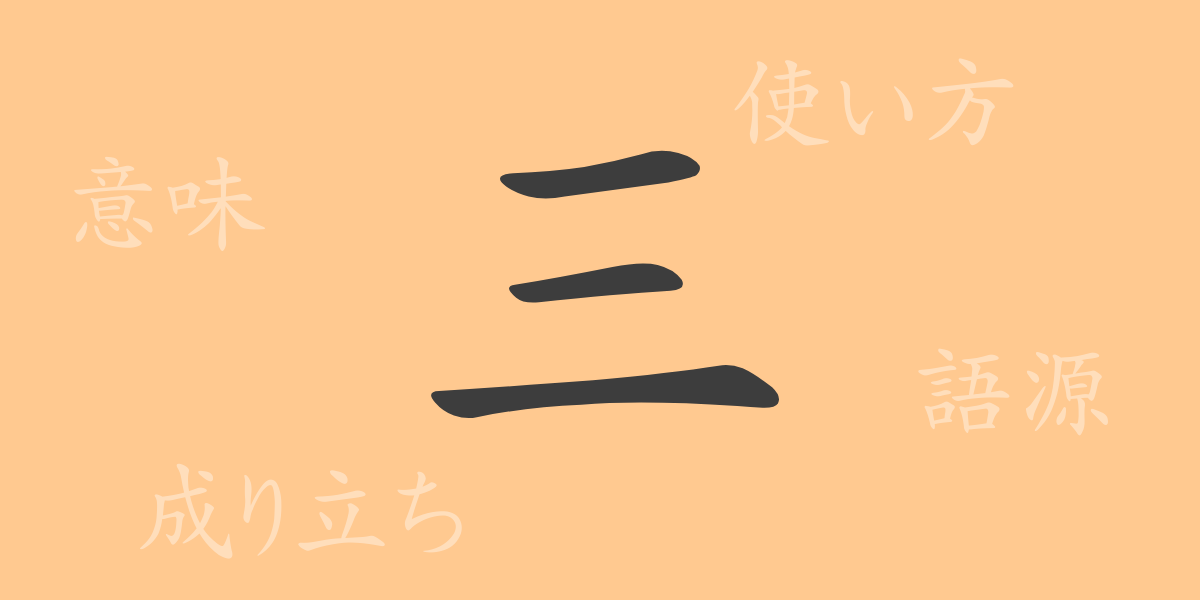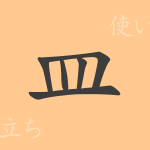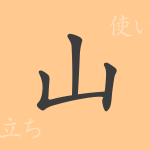In Japanese culture, numbers hold meanings beyond just counting. Especially, the number “三(さん)” is widely used as a common kanji and appears in many idioms and proverbs, making it an important numeral. This article explores the origins, meanings, uses, and the influence of “三(さん)” in Japanese culture.
Origin of 三(さん)
The kanji “三(さん)” originates from ancient China as a pictogram, representing the number “3” with three horizontal lines. Ancient oracle bone scripts and bronze inscriptions confirm that three lines were drawn to represent this number, which eventually simplified into the current form. This simple yet strong visual representation indicates that “三(さん)” is a fundamental number in many cultures.
Meaning and Usage of 三(さん)
The kanji “三(さん)” not only serves as a basic numeral but also symbolizes “many” in Japanese culture. It can signify stability and harmony, as seen in concepts like the Trinity or triangles, symbolizing balanced completeness. In Japanese tradition and customs, “三(さん)” is considered an auspicious number, favored in various contexts.
Readings, Stroke Count, and Radical of 三(さん)
The kanji “三(さん)” is one of the first basic kanji learned in Japanese elementary school.
- Readings: The on’yomi (音読み) reading is “サン”, and the kun’yomi (訓読み) readings are “み” or “みっ”.
- Stroke count: The kanji “三(さん)” has a total of 3 strokes.
- Radical: The radical of the kanji “三(さん)” is “一(いち)”.
Idioms, Phrases, and Proverbs Using 三(さん) and Their Meanings
There are numerous idioms, phrases, and proverbs in Japanese that include “三(さん)”, each illustrating the richness of the language. For instance, “三日坊主(みっかぼうず)” refers to someone who doesn’t stick with things, “三つ子の魂百まで(みつごのたましいひゃくまで)” means that traits from childhood last until old age, and “三文安(さんもんやす)” denotes something very cheap or of low value. These expressions are frequently used in daily conversation and literary works, showcasing the diversity of Japanese expressions.
Conclusion on 三(さん)
The kanji “三(さん)” is deeply embedded in Japanese language and culture, serving purposes far beyond mere numerical representation. As seen in idioms and proverbs, “三(さん)” plays a significant role in many aspects of life. Through this article, you can gain a deeper understanding of the historical and cultural value of “三(さん)”. As one of the common kanji, reexamining “三(さん)” can enrich your Japanese language learning experience, revealing the profound meanings hidden within its simplicity.

























